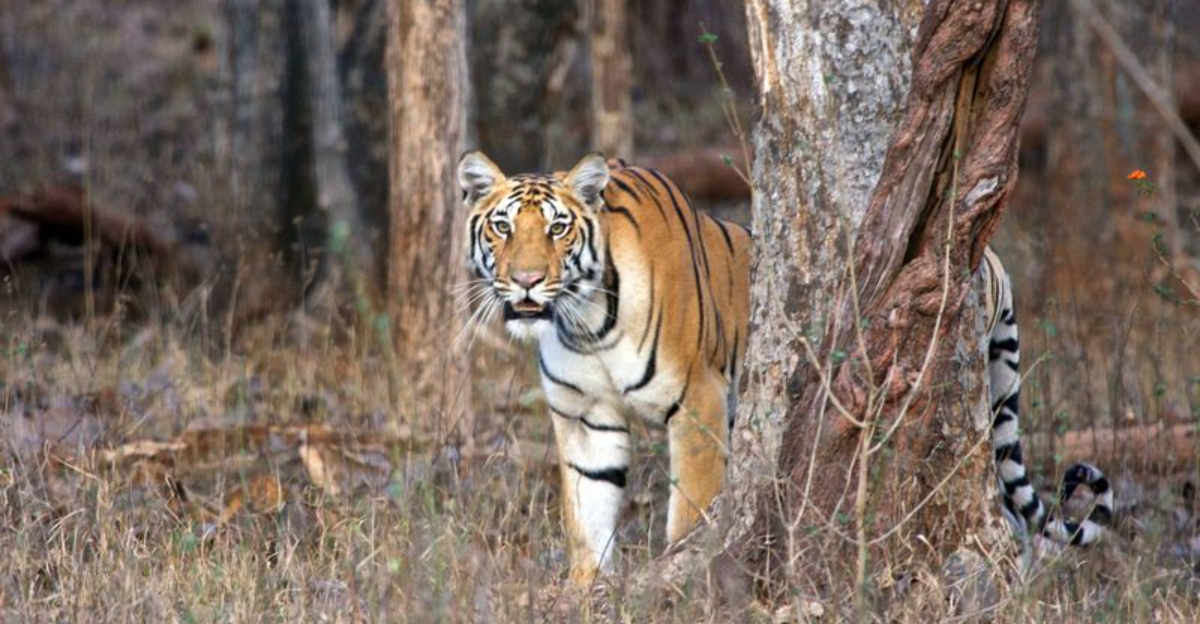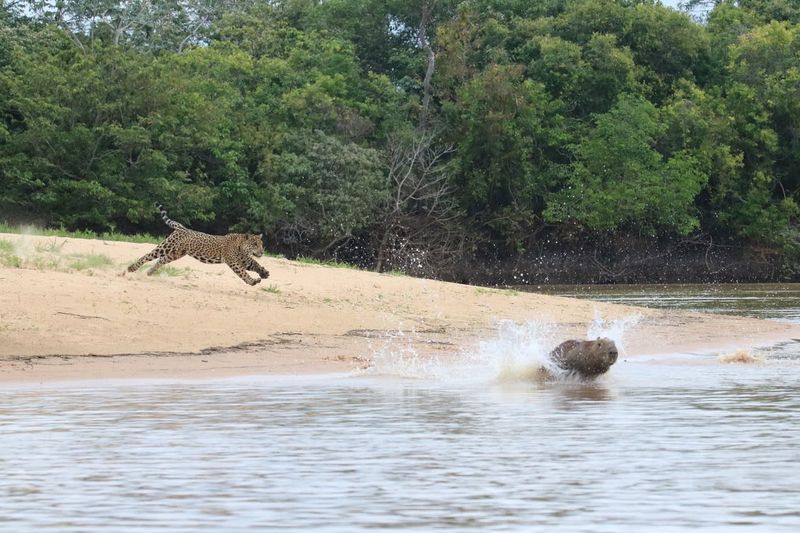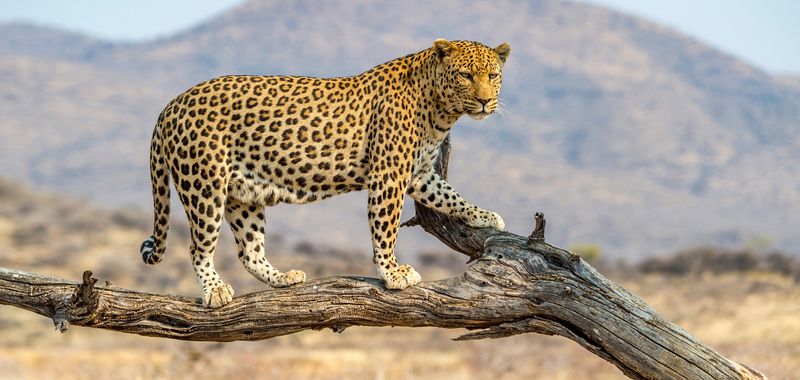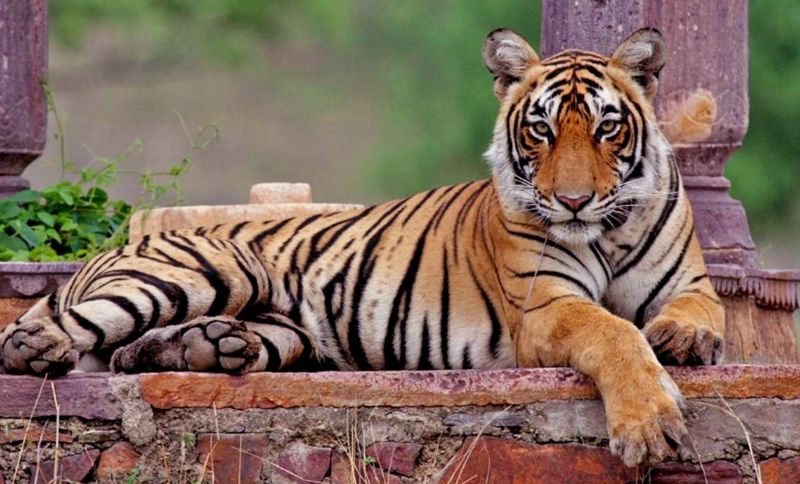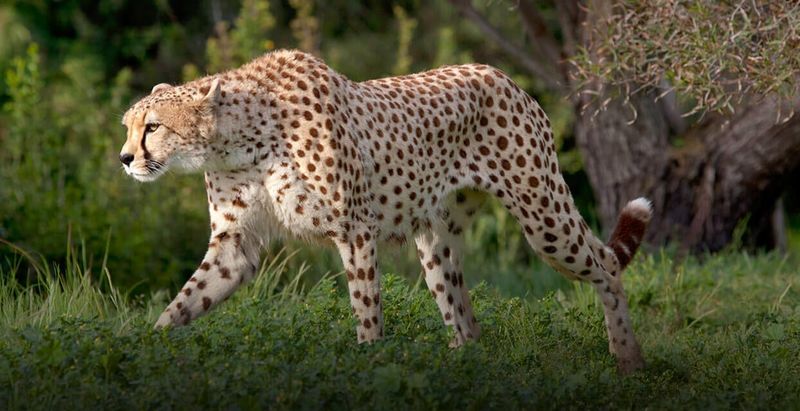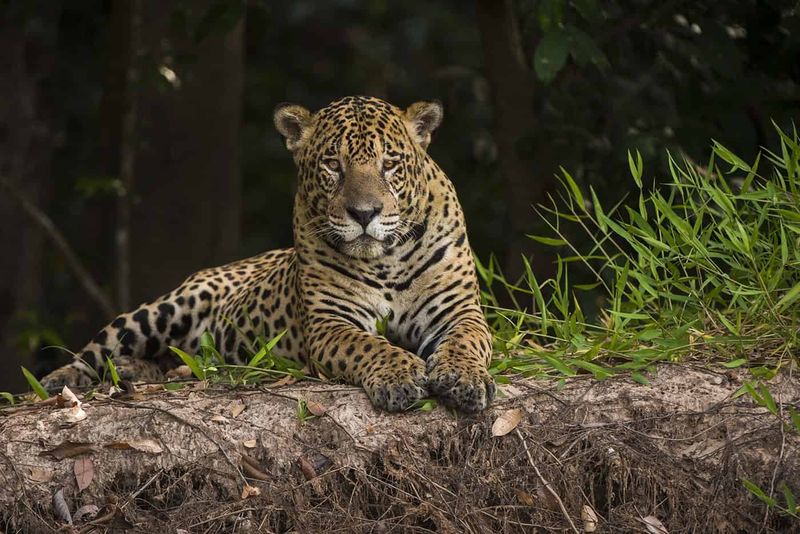📖 Table of Content:
Big cats like lions, tigers, leopards, and jaguars are not merely majestic creatures; they are vital components of their ecosystems. As apex predators, they regulate prey populations, enhance biodiversity, and contribute to disease control. These guardians of the wild play a crucial role in maintaining ecological balance, ensuring the health and sustainability of their habitats. Their influence extends beyond environmental impact, providing cultural and economic benefits through ecotourism and cultural symbolism. Understanding and preserving these magnificent animals is essential for sustaining the intricate web of life they help support.
1. Regulation of Prey Populations
Picture the silent, stealthy movements of a jaguar in the Pantanal, its gaze fixed on an unsuspecting capybara. Big cats like jaguars play a pivotal role in controlling prey populations, preventing overgrazing and habitat degradation. Their hunting behaviors allow ecosystems to flourish, as seen in Yellowstone’s wolves, where vegetation recovery followed prey regulation. This balance supports a myriad of species, illustrating nature’s interconnectedness. In the Pantanal, jaguars’ predation benefits the whole ecosystem, maintaining a harmonious environment. These big cats are true custodians, ensuring the delicate equilibrium of their natural habitats is preserved.
2. Biodiversity Enhancement
In a realm where every leaf and creature is interconnected, big cats like leopards play a vital role in enhancing biodiversity. Their presence prompts prey species to avoid overgrazing, allowing plant life to thrive. This cascade effects entire ecosystems, fostering a diverse range of flora and fauna. In regions like the Pantanal, jaguars’ activities ensure a balance that supports numerous species. Their role is crucial in maintaining the mosaic of life, allowing ecosystems to flourish with vibrant biodiversity. Through their actions, big cats help create a world teeming with natural wonders.
3. Disease Control
Imagine a tiger on the prowl, its presence a natural check against disease spread. Big cats play an unexpected yet essential role in disease control by managing prey populations. In the Pantanal, jaguars often target animals that harbor harmful parasites. This predation reduces disease transmission risks to humans and other animals. By keeping potential disease vectors in check, big cats contribute to healthier ecosystems. Their impact extends beyond aesthetics, influencing public health indirectly. These guardians of health underscore the importance of predator-prey dynamics in natural disease regulation.
4. Cultural and Economic Importance
With their awe-inspiring presence, big cats like tigers are more than just predators; they are cultural icons and economic powerhouses. In India’s Ranthambore Tiger Reserve, a famed tigress alone generated millions in revenue through ecotourism. Visitors flock to witness these majestic creatures, contributing to local economies and conservation efforts. Big cats symbolize strength and mystery, deeply rooted in cultural lore across the globe. Their cultural significance and economic benefits underscore the need for conservation, ensuring these magnificent creatures continue to inspire and support human communities.
5. Maintaining Vegetation Balance
In the vast African savanna, the lion reigns supreme, its presence critical in maintaining the vegetation balance. By controlling herbivore populations, lions prevent overgrazing, allowing grasses and shrubs to regenerate. This vegetation support is vital for various animal species, ensuring a thriving ecosystem. Lions’ predatory habits serve as a natural check, fostering a sustainable environment. Their role in the savanna exemplifies how big cats contribute to the health and resilience of their habitats. Through this balance, they ensure the savanna’s rich biodiversity and ecological integrity are sustained.
6. Preventing Invasive Species
Cheetahs, known for their unmatched speed, play a unique role in preventing invasive species from disrupting ecosystems. Their hunting prowess keeps certain species in check, preventing them from overrunning habitats. This control is crucial in preserving the natural order of ecosystems. By balancing native species’ populations, cheetahs help maintain ecological integrity. Their ability to swiftly adapt and manage their environment aids in stopping potential ecological threats. The cheetah’s role exemplifies the dynamic interplay between predator and prey, ensuring ecosystems remain robust and balanced.
7. Supporting Wetland Ecosystems
In the watery expanses of the Pantanal, jaguars are more than apex predators; they are protectors of aquatic ecosystems. By controlling populations of animals like capybaras and caimans, they ensure wetland habitats remain healthy. This regulation supports the entire aquatic community, from plant life to diverse animal species. Jaguars’ presence prevents overpopulation, which can lead to habitat degradation. Their influence extends into the wetlands, helping sustain the delicate ecological balance. In this way, jaguars are vital to maintaining the Pantanal’s biodiversity, showcasing their indispensable role in ecosystem preservation.
